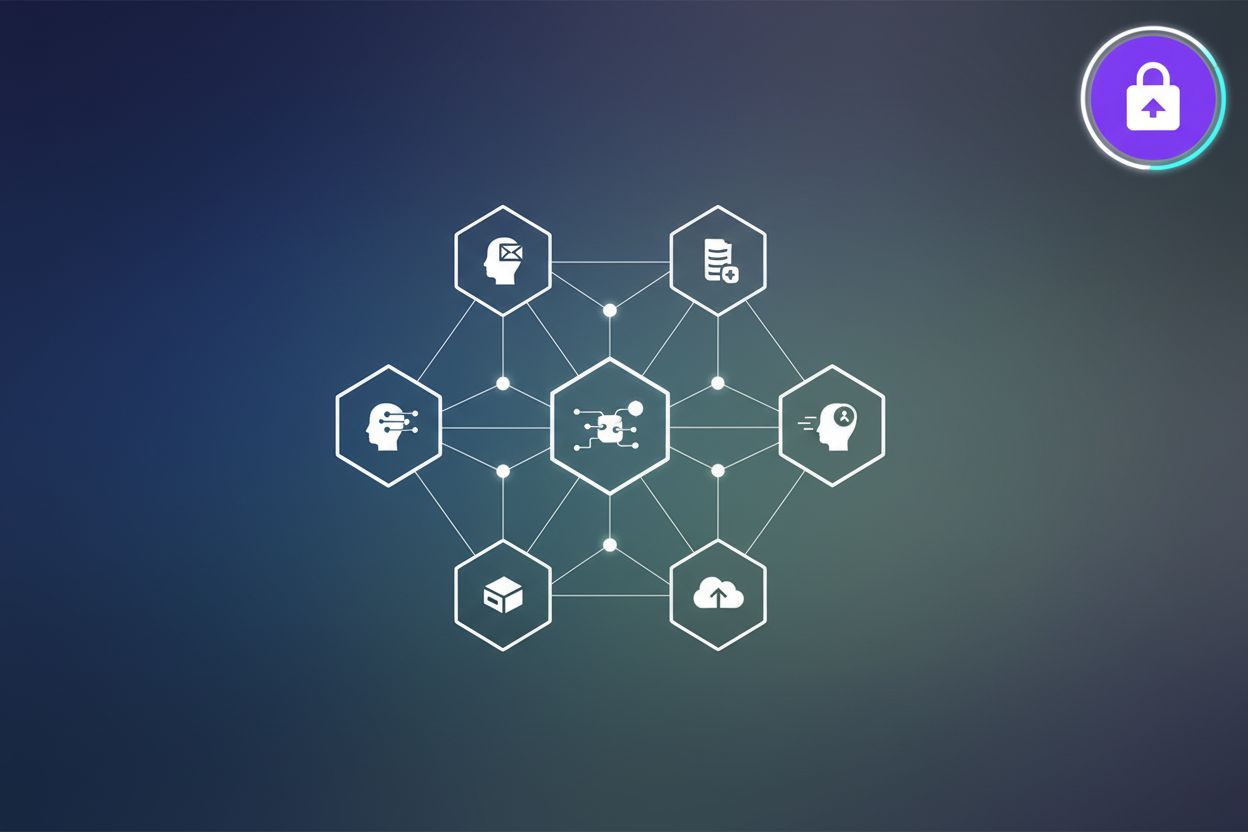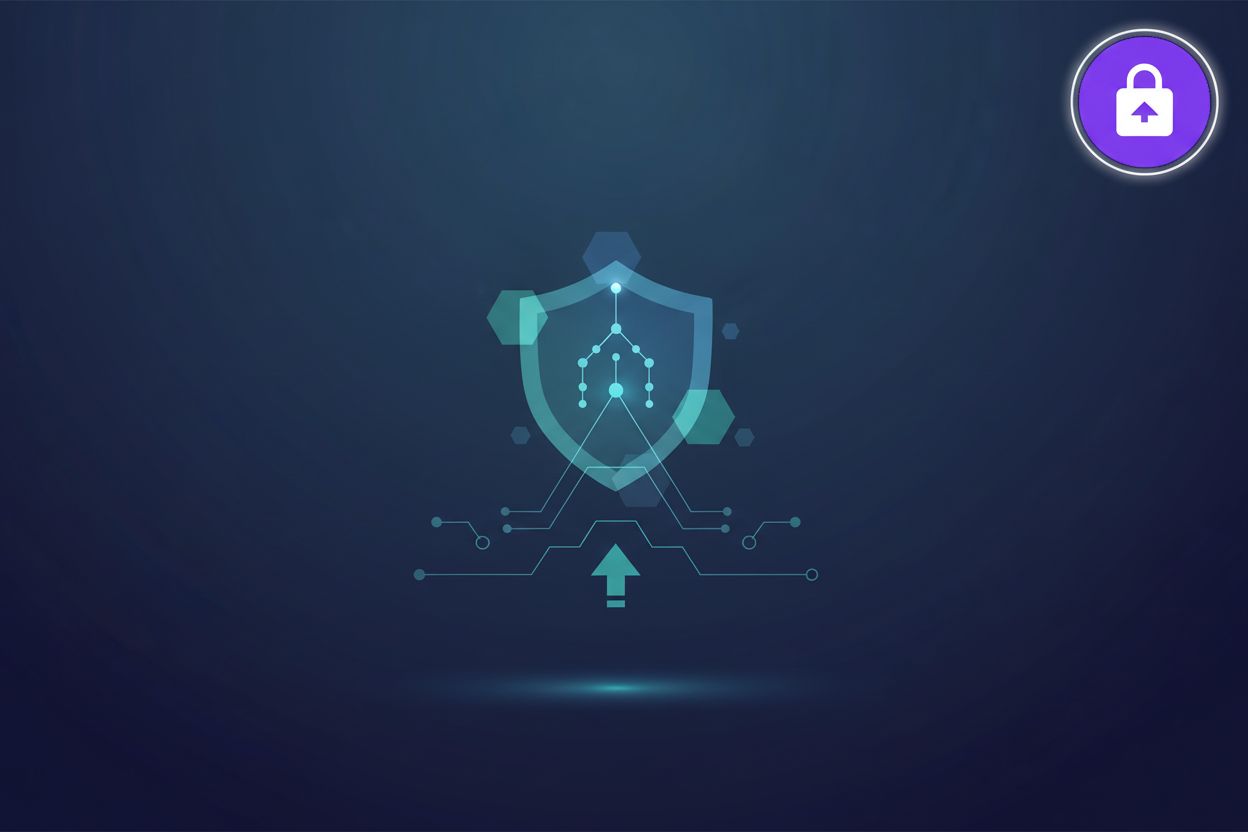Passwordless Authentication with Biometrics and AI
TL;DR
The Rise of Passwordless: Why Now?
Okay, let's dive into why everyone's suddenly obsessed with ditching passwords. It's not just a fad; there's some serious reasons why passwordless is, like, finally having its moment.
So, passwords, right? We all hate 'em, but we're stuck with 'em... or are we? Turns out, they're not just annoying; they're a massive security risk. Phishing attacks, brute-force attempts – it's a constant battle. And let's be real, who doesn't reuse passwords? Plus, all those "forgot password" requests? That's costing developers time and money.
- Passwords are weak, like, really weak. They're susceptible to all kinds of attacks, and users aren't helping by picking "password123" (guilty!).
- User frustration is real. Password fatigue leads to terrible security habits, which basically defeats the purpose of having passwords in the first place.
- The costs associated with password resets and general account recovery are a low-key nightmare for developers – it's time consuming, and, honestly, a bit soul-crushing.
Passwordless authentication? It's not just a buzzword; it's a potentially way more secure and user-friendly alternative. Think about it: no more passwords to remember, no more reset requests... sounds like a dream, right?
Passwordless authentication works by leveraging three core principles: possession, inherence, and knowledge. Instead of a password (knowledge), it uses things you have, like your smartphone acting as a hardware token or receiving a one-time code (possession). It also uses things you are, like your fingerprint or facial scan (inherence). These methods are technically underpinned by protocols like FIDO2 and WebAuthn, which securely bind authentication credentials to your device and verify your identity without ever transmitting a password. This makes it significantly harder for attackers to compromise your accounts.
- Passwordless is more secure. It leans on things you have (like your phone), things you are (biometrics), or things you know (a pin), making it way harder for attackers to get in.
- Core principles include possession, inherence, and knowledge – basically, proving you are who you say you are without typing in some secret word.
- There's different methods, too: biometrics (fingerprint, facial recognition), FIDO2 security keys, magic links sent to your email – options abound!
And hey, it's not just about convenience. There's compliance and regulatory stuff pushing passwordless forward too! Passwordless authentication aligns with zero trust principles, reduces the attack surface, and simplifies audit trails. This alignment with zero trust is crucial because zero trust assumes no user or device can be implicitly trusted, requiring continuous verification for every access request, which passwordless methods inherently provide.
- Compliance and regulatory drivers are making passwordless less of a "nice-to-have" and more of a "need-to-have" for many industries.
- Passwordless fits right into zero trust security models, because every access request is verified, regardless of where it originates.
- Passwordless authentication simplifies audit trails and reduces the attack surface.
So, yeah, passwordless is on the rise for good reason. It's more secure, user-friendly, and it's becoming increasingly necessary for compliance. Given these compelling advantages, it's clear why passwordless authentication is gaining traction. Now, let's delve deeper into the specific technologies enabling this shift, starting with biometrics.
Biometrics: What You Are is Your Key
Okay, so you're thinking about biometrics? It's kinda wild to think your face or fingerprint could be your new password, right? But is it really ready for primetime?
Well, biometrics basically uses what you are to verify it's really you. Think fingerprint scanners – pretty common on phones these days. Or facial recognition, which has gotten way better at spotting fakes and stopping fraud. Facial recognition authenticates identity in real time using features unique to each person, with no input needed.
- Fingerprint scanning is handy and pretty accurate, but it can have issues with sweaty or dirty fingers.
- Facial recognition is leveling up with "liveness detection", making it harder to fool with just a photo, but not impossible. Liveness detection typically involves presenting a moving target to the camera, like blinking, turning your head, or smiling. More advanced systems might use infrared sensors or 3D mapping to detect depth and prevent spoofing with flat images or videos. However, sophisticated deepfake technology can still pose a challenge.
- Voice recognition is another option, but security is a concern because voices can be recorded... duh.
- Behavioral biometrics is where it gets interesting. AI analyzes how you type, move your mouse, your gait, swipe patterns, and even how you hold your device for continuous authentication. It's like your computer always knows it's you. These systems often use machine learning algorithms to build a profile of your unique behavioral patterns and flag any deviations as suspicious.
So, how do developers actually use this stuff? Standards and APIs are key.
- FIDO2 and WebAuthn are helping make secure biometric authentication work across different platforms.
- The Android Biometric Prompt API streamlines adding biometrics to Android apps.
- And iOS? Well, they've got Touch ID and Face ID that developers can tap into with Swift.
Now, before you go slappin' your fingerprint on everything, let's talk security. Biometric data is sensitive, so you gotta be careful with it.
- Storing biometric data? You better have best practices in place to keep it secure and respect privacy.
- Data encryption is a must, both when it's moving around and when it's just sitting there.
- And GDPR and CCPA? Yeah, you gotta make sure your biometric systems play nice with those privacy rules.
And what happens if someone does manages to steal all this biometric data? It's not like you can just change your fingerprint, right? That's a legit concern.
All those things to consider, right? Next up, we'll see how AI is getting involved in all this.
AI's Role in Passwordless Authentication
Okay, so you're probably wondering how AI fits into this whole passwordless thing, right? Well, it's not just some buzzword; AI is actually making passwordless authentication way more secure and user-friendly.
AI is seriously upping the game when it comes to security. Think about it:
- AI-powered fraud detection can spot and stop fake biometric attempts. It's like having a super-smart bouncer who knows exactly who belongs and who's trying to sneak in.
- Adaptive authentication uses AI to change how tough the authentication process is based on risk. Like, if you're logging in from a weird location, it might ask for extra verification.
- Behavioral biometrics – AI looks at how you type, move your mouse, and other habits to make sure it's really you. It's like your computer always knows it's you, even if someone steals your credentials. AI and machine learning algorithms are used for continuous authentication by constantly analyzing these behavioral patterns to ensure the user remains who they claim to be throughout a session.
For example, in the financial sector, AI can analyze transaction patterns to detect fraudulent activity in real-time, adding another layer of security. According to Okta, passwordless authentication eliminates one of the main techniques hackers use to gain access to your assets.
And it's not just about security; AI is making things easier for users too:
- AI-driven personalization can tailor the authentication experience to each user. So, maybe you prefer facial recognition, while someone else likes fingerprint scanning – AI can make it happen.
- Context-aware authentication uses AI to look at things like your location and device to make the login process smoother. If you're on your home network, maybe it skips the extra steps.
- AI chatbots can even help with authentication issues, providing automated support when you're having trouble logging in.
LoginHub provides completely free AI-powered tools for centralized login management, social authentication integration, multi-platform login systems, and real-time analytics.
So, yeah, AI is a big deal in passwordless authentication. It's making things more secure and easier to use.
Now, let's talk about LoginHub and how they're using AI to change the authentication game.
Implementing Passwordless Authentication: A Developer's Guide
Ready to ditch those pesky passwords for good? It's not as scary as it sounds, I promise!
First things first, you gotta assess your org's needs. What's more important -- rock-solid security, or super-easy logins? Then, look at available passwordless methods: biometrics (fingerprint, Face ID), FIDO2 keys, magic links, etc.
- Consider your users. Are they tech-savvy? Do they mostly use phones, or laptops? The choice between these passwordless options depends on your company's security, platform, and app requirements.
- Don't forget device compatibility! Make sure whatever you pick works across all your users' devices. Microsoft highlights different passwordless options that integrate with their platforms, each with specific device and system requirements.
Integrate passwordless with your existing systems, right? APIs and SDKs are your friends here. Identity providers (IdPs) can help centralize everything.
- Single Sign-On (SSO) makes life easier for everyone, 'cause who wants a million logins, am I right?
- Don't neglect those legacy systems. Figure out how to make 'em play nice with your new passwordless setup. Microsoft Entra ID integrates passwordless authentication options. Common strategies include using API gateways to abstract legacy authentication, implementing proxy solutions that translate modern authentication requests to legacy ones, or planning for a gradual migration of services.
Before you roll it out, test, test, test! User acceptance testing (UAT) is key to make sure users are happy and everything actually works. A phased rollout minimizes disruption, so you can fix any issues along the way.
Passwordless is cool, but it ain't perfect. Think about what happens if biometric data gets stolen or someone loses their phone.
- Have backup plans in place, like recovery keys or other verification methods. Other methods can include one-time passcodes (OTPs) sent via SMS or email, or even a secondary biometric factor if available.
- Be transparent with users about how their data is being used and protected.
- Remember GDPR and CCPA? Make sure you're following all the rules.
As you've seen, passwordless authentication is definitely the future, and it's closer than you think!





